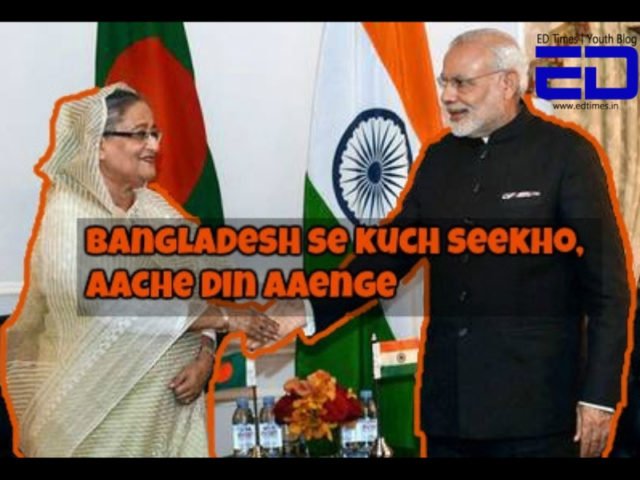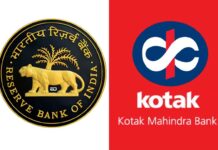There was a time when Bangladesh was considered to be a ‘basket case’. No one believed it when it registered a higher growth rate than Pakistan in terms of economic growth in 2006!
It has come a long way from 1971, when Bangladesh fought a liberation war (backed by India) and was carved out of the poorest areas of Pakistan. Soon it was hit by a famine and then by an economic recession.

Things are much different now, the ‘T-shirt factory’ of the world is booming, to the surprise of many.
Soon it will shed its tag of Least Developed Country (LDC) to become a Developing country like India. It might also beat India in projected economic growth rate by 2020.
Bangladesh had made significant socio-economic developments that cannot be covered in 1 article. Still here is a list of things that India needs to learn from the Bangladeshi model.
1. Inclusion of Women
While India was spending its money on building statues, Bangladesh spent on its women. Consequently, female participation has constantly increased in Bangladesh to almost 50% of its workforce, women therefore enjoy economic and social status. On the other hand, it has decreased to 27% in India.
Educating and employing women, both of which was done by Bangladesh, led to several benefits most of which were portrayed in its social indicators.
2. Economic Model
Bangladesh, being a densely populated country, focussed on a labour intensive industry like garment manufacturing. Such industries don’t need expensive college degrees to fetch employees. It usually employs women and poor people (which later led to inclusive development).

On the other hand India, jumped from agriculture to service sector, while developing and skipped the manufacturing sector.
Even though it is a densely populated country, it never focused on labour intensive industries. Consequentially, mostly educated people got new jobs- a reason why we see concentration of wealth now.
To get the promised 10 million jobs, India needs to tap on low-cost manufacturing industries like garment making.
3. Inclusive Development
Bangladesh has developmental outcomes owing to the nature of it’s economic model that focussed on inclusive development.
Bangladesh’s GDP per capita has increased 125% in the past decade to $1750 in 2017, which is exemplary and verifies that the growth was indeed inclusive. Unfortunately, the same cannot be said about India.

Also Read: In Pics: These 9 Indian Billionaires Have More Money Than Bottom 50% Indians
4. Social Indices
Bangladesh has done remarkably well in some social indices. The average life expectancy of an average Bangladeshi is 72 years, while that of an Indian is 68. These social indices verify the success of the factors stated above.
Another appreciable index is Global Hunger Index where Bangladesh (considered to be poorer than India) performed better than India, yet again.
What is the use of growth when it cannot feed our poor?
5. Stable, Neutral Polity
Many would argue, but Sheikh Hasina has (by hook and by crook) kept the domestic affairs stable enough for socio-economic development. Internationally, through her neutral stance for all countries, she kept good relations with India, China and Russia, together.
India on the other hand, suffers in South Asia because it prefers certain parties in power. Hasina was on good terms with India during UPA’s term as well as that of NDA.

Bangladesh is not a perfect country. The repressive policies used by Sheikh Hasina to suppress domestic affairs has been under criticism.
Still what counts is that until very recently, Bangladesh was a very poor country and it managed to make significant developments in a short time.
Both India and Pakistan can learn from Bangladesh, because we all have a shared history and similar a culture & society which make it easier to implement similar models.
Image Credits: Google Images
Source: The Print, Dhaka Tribune, The Diplomat
Find the blogger @parihar_tweets
You’d also like to read:































